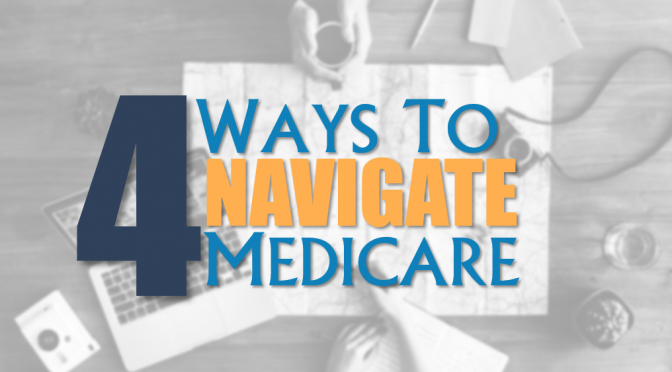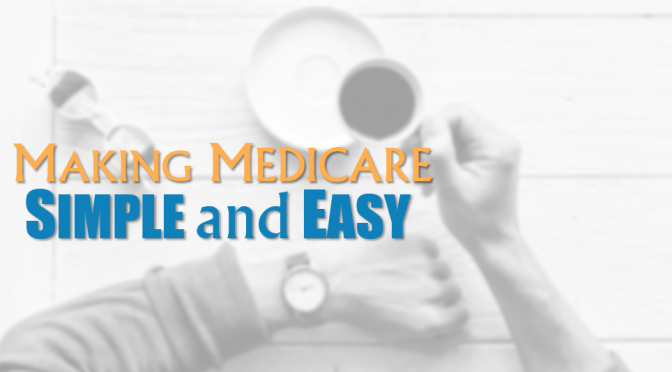Since there are changes in Medicare all the time, it is essential for all beneficiaries to stay informed regardless of how minor the changes from the previous year might be. 2019 has brought in many variations including an early close in the Donut Hole, expansion in Medicare Advantage, and changes in premiums and deductibles. Also, Medicare is eliminating all “Cadillac” Medicare Supplement plans (including F and C) as a way to save money as the baby boomers come into the Medicare system at a rate of 10,000 every day.
High Volume of Enrollees
In 2020 it is expected that the Medicare costs will double due to the amount of retiring baby boomers. At this point, there will be more people on Medicare than paying in. For Medicare to save money in the future, it must make changes in Plans or rule them out for new beneficiaries. Medicare taxes and the Trust Fund continue to cover less since health care costs are rising faster than economic growth.
Plans F and C
2019 marks the last year for Plans F and C. On January 1, 2020; these plans will no longer be available to new enrollees. In 2015 the Medicare Access and CHIP Reauthorization Act (MACRA) was passed to prohibit the sale of Medigap plans that pay for Part B deductibles. If a beneficiary already has Plan C or F you can continue to purchase these plans after the New Year. People that already have these plans are “grandfathered” in, but we have found that when plans close to new enrollees, the likely outcome is rate increases on the premium at a faster volume and rate than open plans.
Part B
In 2018 the standard premium for Medicare Part B was $134 a month and had gone up to $135.50. Some Enrollees will pay less because their premium amount depends on their Social Security Cost of Living Adjustment, which may not cover the increase.
Previously, the highest income bracket for Part B enrollees was $160k and above. This year a new bracket of $500k and above was added with a premium of $460.50 a month.
The deductible has increased from $183 to $185 per year, and once you meet this, then you are responsible for 20% of the Medicare-approved amount for services. This exposure has no cap- if you go in for major surgery, you will pay 20% unless you have a Medicare Supplement or Advantage plan to ease the burden.
Medigap plans that cover the Part B deductible can be sold in 2019 but can no longer be purchased starting 2020. Those who already have these programs can keep Plans C and F, but no new enrollees can buy plans that cover the Part B deductible.
Medicare Advantage
Test drives
Once enrolled in the Medicare Advantage plan, beneficiaries will now be able to try it out for three months, and if they aren’t satisfied, they can switch plans.
Open Enrollment
Starting this year from January 1st to March 31st anyone enrolled in a Medicare Advantage plan can switch plans. New beneficiaries with both Medicare Part A and B plans have a three-month Medicare Advantage Enrollment period.
Broader Span of Coverage
Additional services are available within Medicare Advantage plans including coverage on meal deliveries and transportation services.
The Donut Hole
The Donut Hole is gradually closing due to the Affordable Care Act (ACA). In the past, Medicare beneficiaries experienced higher costs on medications at a certain point in the year due to a gap in coverage. At one point it was 100%. Since the beginning of 2019, the Medicare donut hole only affects generic medications. Beneficiaries will now save money by just paying 37% of those costs while in the donut hole.
Part A
Premiums for people whose work history (or spouses) isn’t 40 quarters are required to pay dividends for Part A coverage (hospitalization costs). Premiums for 30-40 quarters of work history have gone from $232 a month to $240. For less than 30 quarters it was $422 and is now $437. For all enrollees, every benefit period, Part A deductibles increase, though most beneficiaries have coverage that pays for all or part of it.
Every year there are changes in premiums and deductibles, but Medicare is striving to make changes for the better. Some parts that have improved the system include the removal of the therapy cap, an updated handbook, and a broadening of telehealth programs. For any questions about these topics or an expansion on changes in the donut hole, Part B, Part A or Medicare advantage, please leave a comment or give our Medicare Experts a call. We aim to be your educational Medicare resource!









